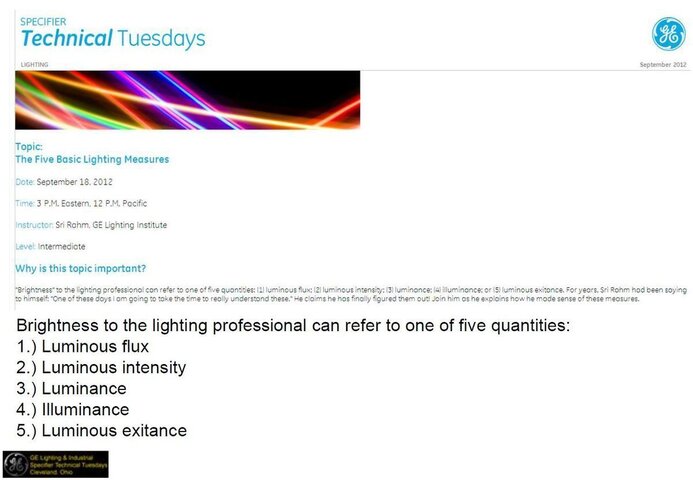jjhall5150
Member
Does anyone know if there is a "rule of thumb" to estimate the amount of lumens emitted from a par can LED of specific wattage.
I recently spoke with a colleague who had some very bright par cans but was not sure what the wattage rating was per LED. He did explain that his company advertises them as emitting between 4000 and 5000 lumens.
I am going to be in the market for some high powered uplighting next year and am unsure if I should be looking a 3w, 7w, or 10+w units. I would think that I would not need to go above 30' from floor to ceiling for illumination
Thoughts?
I recently spoke with a colleague who had some very bright par cans but was not sure what the wattage rating was per LED. He did explain that his company advertises them as emitting between 4000 and 5000 lumens.
I am going to be in the market for some high powered uplighting next year and am unsure if I should be looking a 3w, 7w, or 10+w units. I would think that I would not need to go above 30' from floor to ceiling for illumination
Thoughts?



